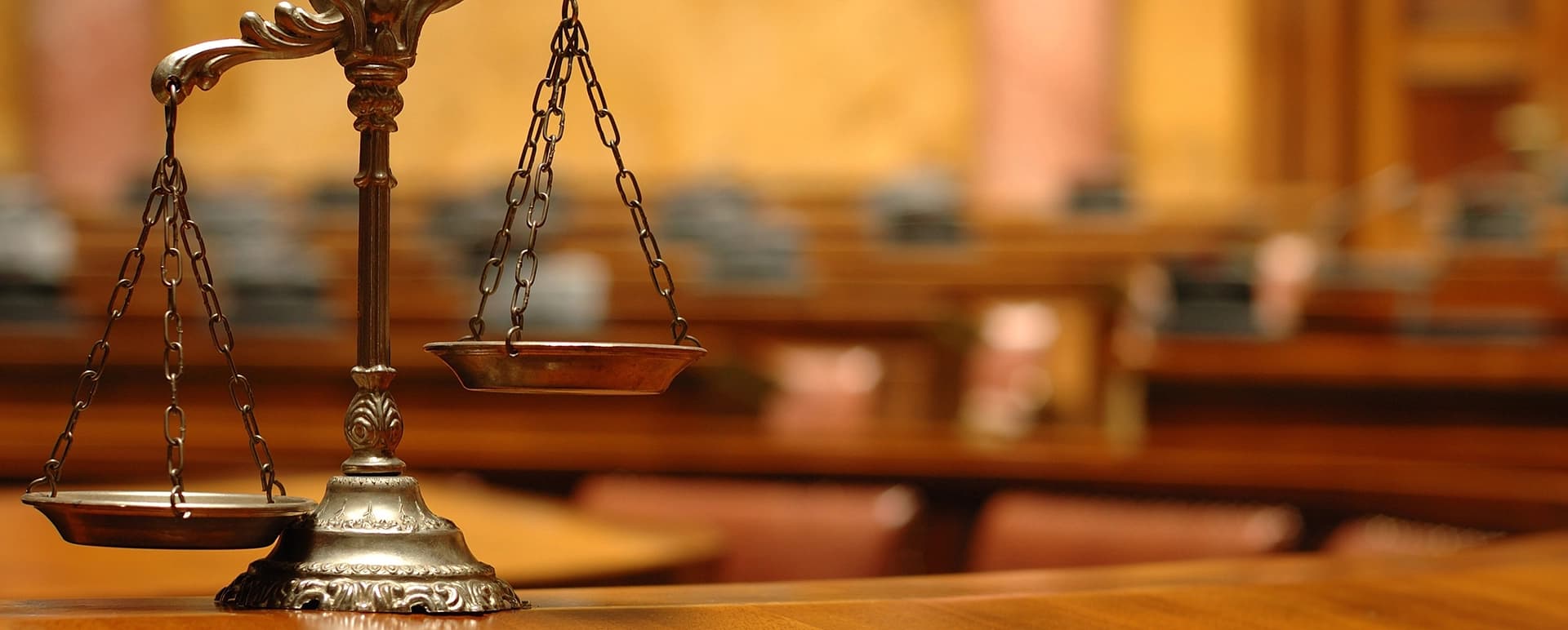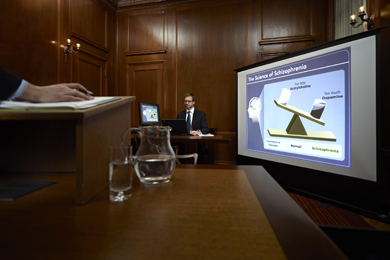Trial Presentation Professional Services to Enhance Litigation and Case Success
Trial Presentation Professional Services to Enhance Litigation and Case Success
Blog Article
Captivate the Court: Vital Components of a Powerful Trial Discussion
In the realm of legal campaigning for, the capability to mesmerize a jury is vital to the end result of a trial (trial presentation). Essential elements such as recognizing the audience, crafting an engaging story, and mastering spoken and non-verbal interaction are critical components of an efficient discussion. The critical usage of aesthetic help can considerably enhance comprehension and retention of essential debates. As these aspects intertwine, they form a cohesive method that not just informs yet also engages jurors on several levels. What specific methods can truly change a common discussion into an unforgettable experience for the court?

Comprehending Your Audience
Understanding your audience is a pivotal element of reliable trial presentation. A successful discussion rests on the ability to realize the demographics, worths, and predispositions of jurors. This understanding educates exactly how arguments are framed, proof exists, and psychological allures are crafted, making certain that the message reverberates with the jurors on an individual degree.
Research study suggests that jurors come from diverse backgrounds and might have differing levels of recognizing concerning legal process. Furthermore, understanding the jurors' potential biases and life experiences enables the test presenter to prepare for arguments and address concerns proactively.
Effective test discussion also includes observing jurors' reactions throughout the process. Being attuned to non-verbal hints can supply understanding into their interaction and receptivity, enabling real-time changes in approach. Ultimately, an extensive understanding of the target market not just boosts communication but likewise develops rapport, raising the chance of a beneficial result. Involving with jurors as people as opposed to a collective system is essential in fostering a strong link in the courtroom.

Crafting an Engaging Story
Crafting a compelling story is vital in leading jurors via the intricacies of an instance. A well-structured narrative not only streamlines complex legal principles but also engages jurors on an emotional level, making the information extra relatable and unforgettable.
To achieve this, attorneys need to start by recognizing the core message they wish to communicate. This message ought to resonate with the jurors' values and experiences, cultivating a link that transcends mere facts. The narrative should unravel realistically, offering events in a clear series to stay clear of confusion. This sequential strategy can aid jurors follow the progression of occasions, stressing domino effect.
Integrating human elements-- such as personal stories or anecdotes-- can even more enhance the story's influence. These elements evoke empathy, allowing jurors to visualize the repercussions of the instance on the real worlds. In addition, utilizing a constant motif throughout the presentation enhances the primary argument, making it simpler for jurors to preserve important points.
Inevitably, an engaging story transforms a trial presentation from a plain address of realities right into a convincing story that mesmerizes the jury, motivating them to mull over with both factor and feeling.
Making Use Of Aesthetic Aids
Incorporating aesthetic aids into a trial discussion can significantly improve jurors' comprehension and retention of details. Visual materials such as graphes, representations, pictures, and videos can change complicated lawful concepts and evidence into conveniently digestible formats. By involving multiple senses, these aids enable jurors to visualize the instance's key elements, making it much easier for them to adhere to along and grasp intricate information.
Moreover, well-designed aesthetic help can emphasize vital points and highlight relationships between different pieces of proof. Timelines can effectively highlight the series of occasions, while annotated photos can clear up particular information appropriate to the instance. This not just aids in understanding but likewise reinforces the story presented by the lawyer.
It is crucial, nevertheless, to make sure that aesthetic help are appropriate, clear, and expertly presented. Extremely complicated or messy visuals might bewilder jurors and take away from the message. When made use of carefully, visual aids serve to enhance the dental disagreements and improve the total impact of the trial presentation. Eventually, reliable visual communication can be an effective tool in encouraging jurors and assisting them reach educated conclusions.
Mastering Verbal Communication
Reliable next verbal interaction is crucial in a trial presentation, as it offers as the key methods with which lawyers communicate their debates and link with jurors. Simpleness in language cultivates understanding and aids jurors grasp complicated concerns presented during the trial.
Moreover, tone and pacing significantly effect just how messages are gotten. A certain tone conveys authority, while appropriate pacing permits jurors to absorb info without feeling bewildered. Lawyers should likewise vary their singing inflections to emphasize key factors and preserve jurors' rate of interest throughout the discussion.
Furthermore, the company of verbal disagreements is vital. Structuring the narrative logically and coherently assists jurors adhere to the attorney's logic, making it much easier for them to preserve critical information. Making use of persuasive methods, such as narration, can additionally enhance the emotional resonance of the arguments provided, consequently developing an extra profound link with jurors.
Eventually, mastering spoken interaction not just reinforces a lawyer's situation yet likewise fosters depend on and relationship with the court, dramatically improving the opportunities of a desirable decision.

Involving With Body Movement
Nonverbal communication plays a vital role in trial presentations, commonly communicating messages that words alone can not share. Body movement, incorporating gestures, stance, faces, and eye click for more info contact, substantially influences how jurors regard the integrity and genuineness of the speaker. A positive position, with shoulders back and an open posture, can infuse trust, while closed-off body movement may suggest defensiveness or uncertainty.

Faces must mirror the feelings associated with the case, enhancing the narrative existing. An honest expression during a touching minute can elicit compassion and enhance the emotional appeal. Inevitably, mastering body language is important for efficient trial presentations, as it enhances spoken communication and establishes an engaging presence that resonates with the jury.
Conclusion
In final thought, astounding the jury demands a tactical strategy that encompasses comprehending the audience, crafting a compelling story, using aesthetic help, grasping verbal communication, and engaging via body movement. Each element plays a vital role in developing an effective trial discussion that resonates with jurors on both emotional and intellectual levels (trial presentation). By integrating these parts successfully, legal specialists can considerably improve their capability to encourage and influence court decision-making
Report this page